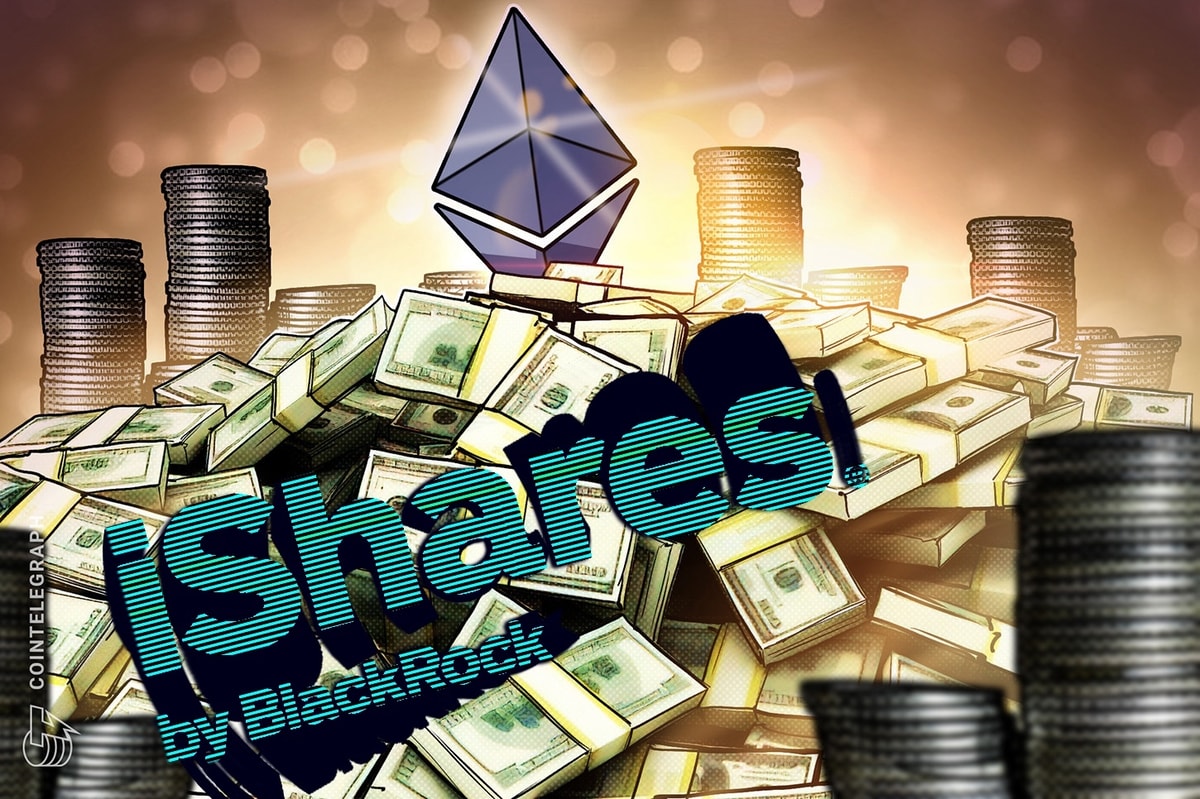It’s rare that a person has an opportunity to experience the financial markets through the lens of both an institutional market maker taking down hundreds of millions of dollars on block trades.
However, I’ve been in the cryptocurrency trading space since 2017 when I was a freshman in college. I played through the ICO bubble, when I traded altcoins instead of studying for finals. I went through the summer of decentralized finance (DeFi) in 2020 during Covid-19, when I first started learning about liquidity pools. I experienced the exuberant bull run of 2021 while landing my first internship on the institutional side of trading, and I went through the crash of FTX.
I’ve learned several things from these few years, but here are a few of the key takeaways I’ve experienced after trading as both a retail and institutional trader.
Institutions require more wins — and they can wait for them
As a retail trader, I often found myself drawn to microcap assets, chasing those elusive 100x gains. The strategy was straightforward: make numerous small bets, hoping that a few significant wins would offset the inevitable losses. This approach involved constant monitoring of DEX Screener, Telegram chat rooms, Discord and other social media. My attention was 100% focused on finding the next opportunities, because finding them first was more important than being 100% correct.
Related: Bitcoin bulls should steer clear of MicroStrategy's new leveraged ETF
The institutional perspective, however, was much different. When you’re dealing with substantial capital, the focus shifts to more researched, concentrated positions over longer timeframes. We looked at complex datasets and overall market liquidity. A 10% return on a $1 million position was more feasible and impactful than seeking a 100x return on a small, speculative bet — especially from a risk-management perspective. We couldn’t make 100 bets of $1 million each and hope that more than one of them resulted in a 100x return.
We didn’t exceed 5x leverage
When I traded as an individual using my personal funds, I used perpetual futures (perps) because they were accessible. Options trading felt out of reach without substantial capital.
Working as an institutional trader, options — not perps — were at the center of my trading strategy. This involved providing liquidity, pricing complex instruments, and managing a diverse risk portfolio. Perpetual futures became tools for hedging or components of broader strategies like basis trading rather than instruments for leveraged speculation.

When we did use perps, I don’t think we ever exceeded 5x leverage. After all, If you want a position that’s worth $100 million, you can choose to leverage $1 million, or you can just put up the $100 million yourself, and the end result will be the same — but you aren’t forced to take on the same risk when you use your own capital.
The lesson here is that if you’re going to borrow money to trade, there are better ways to do it than using perps trading platforms.
Market environment matters
On the retail side, something that I was cognizant of in 2021 and 2022 specifically was how narratives were shifting and regimes were becoming clear. At certain times, it was obvious that capital had flowed into Ether (ETH). A week later, Solana (SOL), Luna (LUNA) and Avalanche (AVAX) would outperform, then coins in their ecosystem would outperform, then profits would flow out and back into the majors — and then the cycle would repeat. If you knew where capital was flowing, how the market was positioned, and what the current regime/narrative was, you could essentially get ahead of the capital and position yourself ahead of the curve.
Related: Ethereum gas fees: Too low or too high? No one can decide
On the institutional side, something we had to be more cognizant of was the broader market environment. Were we in a mean-reverting regime or a trend-following one? Was the regulatory landscape looking more favorable for digital assets or less favorable? I never really thought, “Will a certain layer-1 do well this week? And if it does, how will its ecosystem tokens perform?”
Instead, I always had to look at the bigger picture.
We didn’t trade candles or chart patterns
On the institutional side, we didn’t trade based on candles or chart patterns. For all of the time that some people spend obsessing over them, it usually amounts to speculation based on short-term pattern recognition.
In sum: Stay adaptable. Market regimes change, and successful traders adjust their strategies accordingly.
Becoming an institutional trader changed how I approach every trade, big or small. Those who make it big are the ones who can think quickly, act accordingly, and manage risk appropriately.
This article is for general information purposes and is not intended to be and should not be taken as legal or investment advice. The views, thoughts, and opinions expressed here are the author’s alone and do not necessarily reflect or represent the views and opinions of Cointelegraph.











